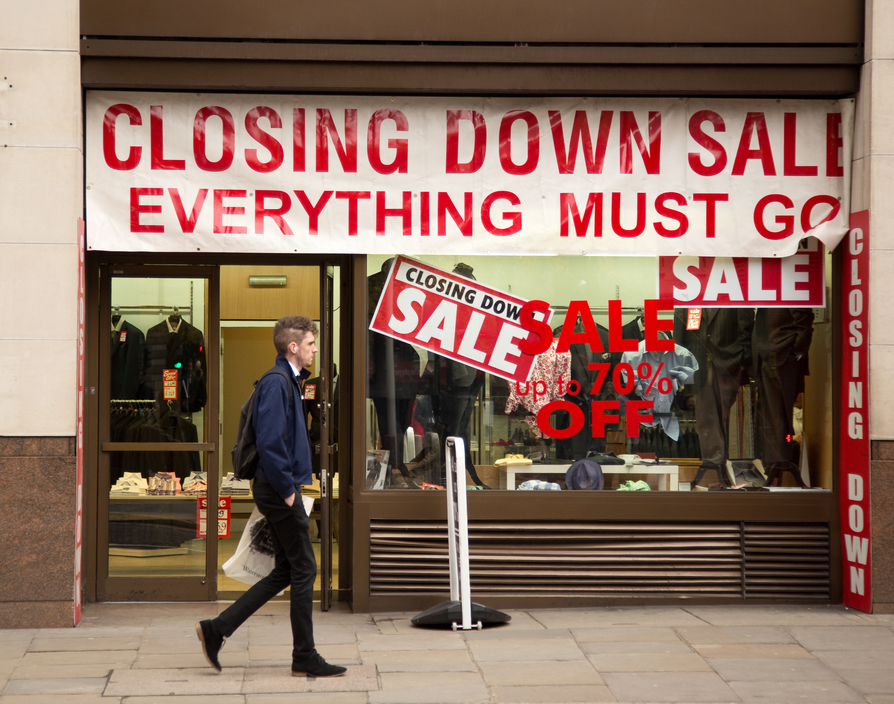The high-street crisis is worsening. With empty shop fronts and decreasing shopper numbers, there doesn’t seem to be a good time for retailers. In fact, the high street footfall has dropped by 1% year on year according to a new report from the British Retail Consortium (BRC), the trade organisation for the retail industry.
The study reveals vacancy rates on local high-streets have risen to 10.2%, which means one in ten shops have succumbed to the high street crisis. This is the highest level of store closures since April 2015 and has increased to 9.9% from the last quarter. Furthermore, despite footfall increasing by 19.1% on Easter weekend, the overall retail footfall fell by 0.5% since last year.
This highlight how the high-street crisis is getting worse. Indeed, it has already seen huge losses even for big players like Superdry, Marks & Spencer and John Lewis.
Helen Dickinson, chief executive of the BRC, said: “With regular reports of shop closures, it may come as no surprise that town centre vacancy rates rose to their highest level in four years. Empty shopfronts, particularly for larger stores, can deter shoppers from an area, decreasing footfall for all those around. This effect can be cyclical, with the long-term decline in footfall pushing up vacancy rates, particularly in poorer areas.”
While others have pointed towards the rise of e-commerce in the past, Dickinson blamed the rising cumulative impact of government policy costs like business rates to the apprenticeship levy also accounted for the worsening situation. “For many retailers, business rates remain the single biggest tax imposed by government,” she said. “They are a levy on physical space that is paid in full regardless of whether a firm is in profit or in loss. Importantly, they are also borne disproportionately by retailers who represent 5% of the economy yet pay 25% of all business rates. If the government is serious about reversing the decline on our high-streets, then reforming the broken business rates system would be an essential first step.”
Whether it’s the rise of e-commerce or the lack of tech stores are using, the high-street definitely needs a change. ![]()
Share via:









































